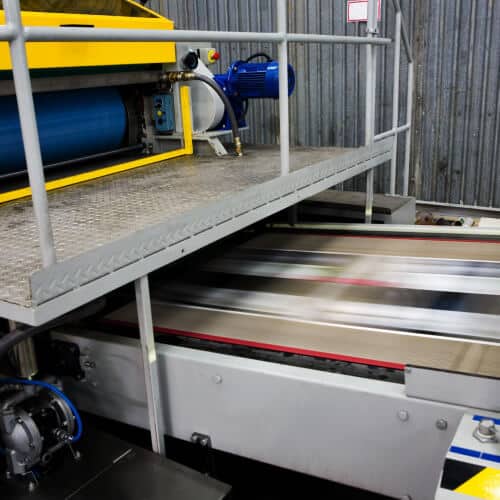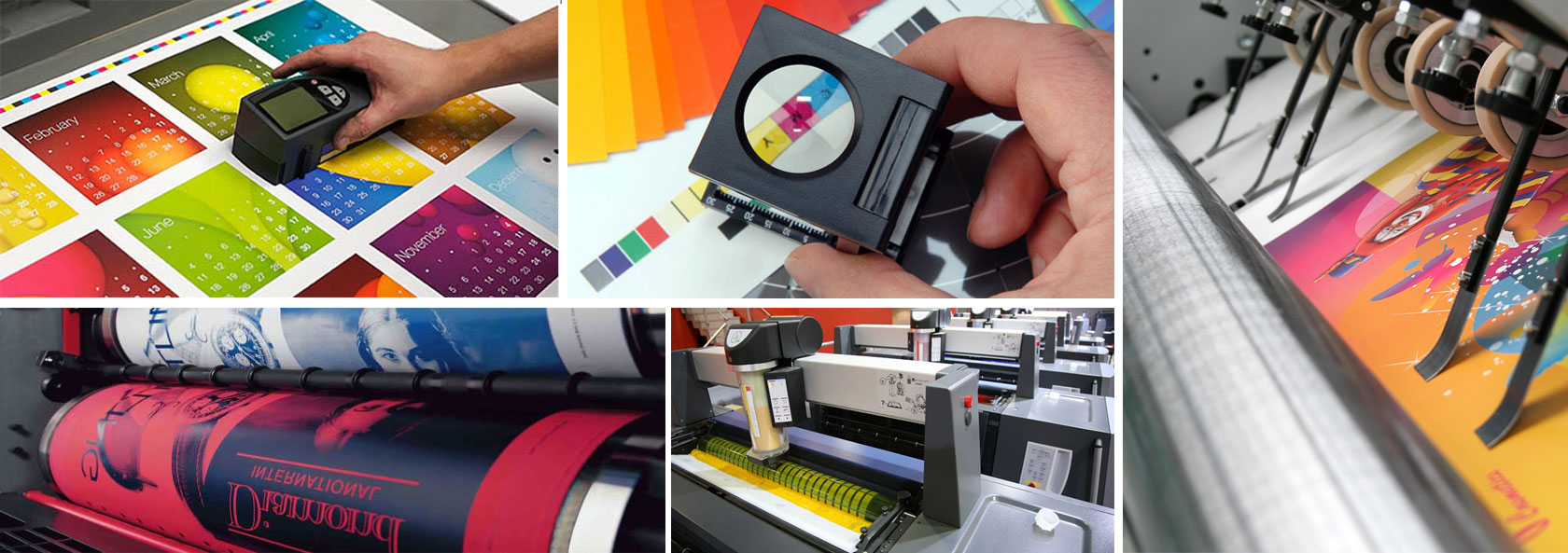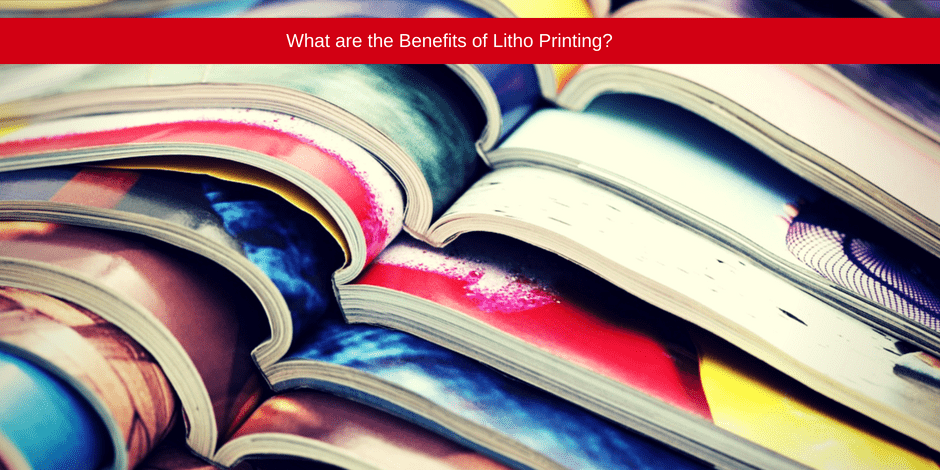litho printing vs Digital Printing: What to Consider
litho printing vs Digital Printing: What to Consider
Blog Article
A Comprehensive Overview to Recognizing Litho Printing Techniques
The world of litho printing, a method originating from the late 18th century, is a remarkable blend of background, art, development and scientific research. Stay with us as we trip right into the fascinating world of litho printing.
The Historic Development of Litho Printing
The historic trajectory of litho printing, a crucial advancement in the realm of communication, is a captivating tale of human resourcefulness. Birthed in the late 18th century by Alois Senefelder, this strategy was initially a cost-effective technique of publishing staged jobs. Lithography, originated from the Greek words for 'rock' and 'to create', used a smooth rock surface to transfer pictures onto paper. The process advanced with the advent of the rotary press, which considerably increased efficiency (litho printing). In the 20th century, the advancement of balanced out lithography transformed the sector, permitting for mass manufacturing of high-quality prints. Each stage of litho printing's advancement showcases mankind's ruthless quest of performance and quality in visual communication.
Decoding the Scientific Research Behind Litho Printing Inks
Progressing in the exploration of litho printing methods, the focus now moves to the science behind litho printing inks. The composition of these inks, their drying procedure, and shade mixing techniques develop the backbone of this intricate art kind. Comprehending these elements is crucial to understanding the craft and attaining the preferred print results.
Composition of Litho Inks
In lithographic printing, the fundamental duty of litho inks can not be overemphasized. Pigments, the color-providing elements, are finely ground particles put on hold in the lorry, a liquid that lugs the pigment onto the printing surface area. Each component plays a crucial component in the last print's high quality, making the specific formulation of litho inks an intricate scientific research.
Ink Drying Process
From the composition of litho inks, interest turns to the interesting procedure of ink drying. The drying out procedure is vital, as it influences the final print's quality and durability. Two key methods are utilized in litho printing: oxidative drying and absorption. Oxidative drying includes the ink reacting with oxygen in the air to develop a difficult, completely dry movie. This approach supplies a sturdy surface, yet can be slower compared to absorption. Absorption, on the various other hand, entails the ink seeping right into the paper fibers, which is a much faster procedure yet can cause much less lively shades. The option between these methods depends on aspects such as print rate needs, the paper kind used, and the preferred finish.
Shade Combining Strategies
While the drying out process plays a crucial role in litho printing, the science of shade mixing strategies holds equal importance. The scientific research behind litho printing inks likewise takes into account the transparency of the ink, which affects just how shades overlay and mix.
The Art and Style Components in Litho Printing
Litho printing breathes life into art and layout via its unique components. Litho printing accommodates a selection of colors, enabling artists to produce vivid and dynamic prints. This combination of accuracy and convenience makes litho printing a recommended choice for numerous musicians and designers.
Modern Applications of Litho Printing Methods
Litho printing methods have found extensive use in the modern industrial market. Its influence and significance remain to expand with the arrival of brand-new innovations and technologies in the area. This area will certainly discover these contemporary applications and the transformative role they play in the printing sector.
Commercial Litho Printing Makes Use Of
In today's digital age, one might ask Resources yourself regarding the importance of standard printing methods. Yet, litho printing remains a vital component of the business field. High-volume printing jobs, such as the production of books, papers, and product packaging, count on litho printing for its capacity to supply superior photo top quality and cost efficiency. The process, which involves transferring a tattooed image from a plate onto a rubber covering and after that to the printing surface area, offers unmatched uniformity. This makes it suitable for jobs requiring a large print run. Litho printing additionally provides a wide color spectrum, above that of electronic printing. This makes it the go-to option for tasks that require dynamic, premium color reproduction.
Innovations in Litho Printing
Pressing the boundaries of traditional techniques, modern advancements have fueled a host of innovations read this in litho printing. These breakthroughs have not only improved the quality and effectiveness of litho prints but also broadened its application scope. One prominent advancement is electronic litho printing, which incorporates the virtues of electronic innovation with litho's top quality output. This crossbreed model provides faster setup times, decreased waste, and enables on-demand printing. An additional noteworthy innovation is the intro of eco friendly inks. These inks, view it made from vegetable or soy-based solutions, have significantly decreased the sector's environmental influence. litho printing. In addition, the growth of sophisticated plate technology has structured the printing process, leading to sharper images and boosted shade fidelity. These innovations highlight the enduring significance of litho printing in the contemporary world.
Exploring the Refine of Litho Printing: Detailed

Difficulties and Solutions in Contemporary Litho Printing

Despite the accuracy and tradition that litho printing proudly supports, it is not without its set of contemporary challenges. Digital litho printing allows for cost-effective short runs and easy customization, dealing with the issue of variable data. Thus, while there are challenges, the litho printing industry is proactively adjusting to fulfill them head-on, guaranteeing its importance in the future.
Final thought
Finally, litho printing, with its abundant background and scientific complexities, holds a significant location in the print market. As the guide discloses, it's a synthesis of art and innovation, with modern advancements guaranteeing its relevance. Nonetheless, the market encounters challenges that require innovative options, with a concentrate on automation and sustainability. The future of litho printing hinges on its capability to adjust to these changing needs, verifying its enduring value in an evolving market.

Report this page